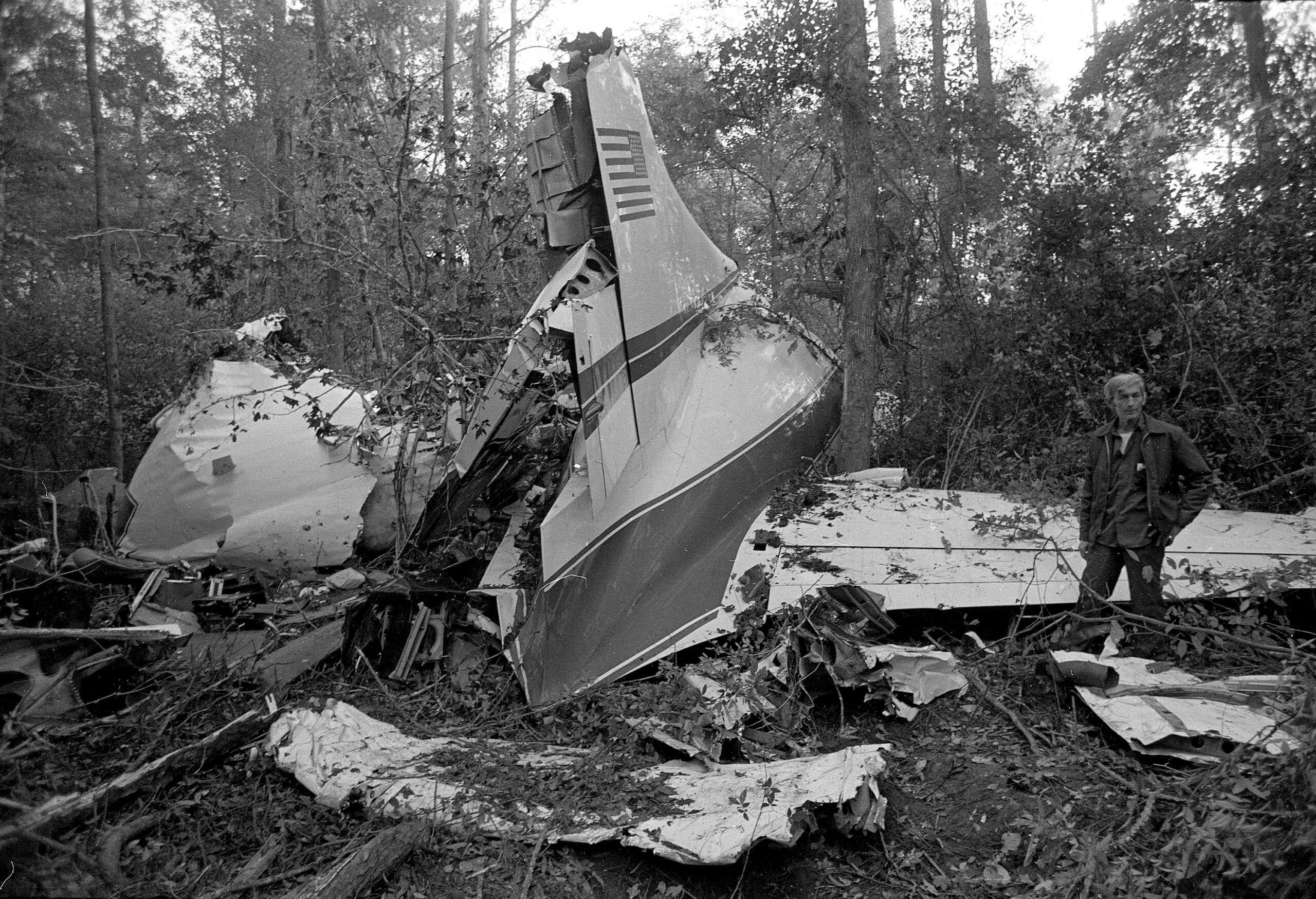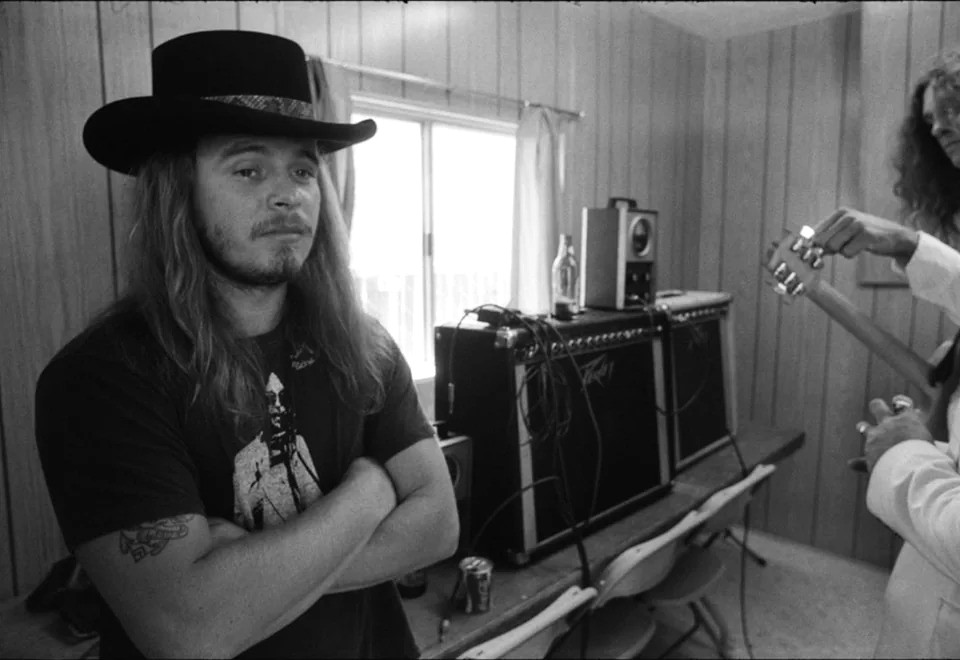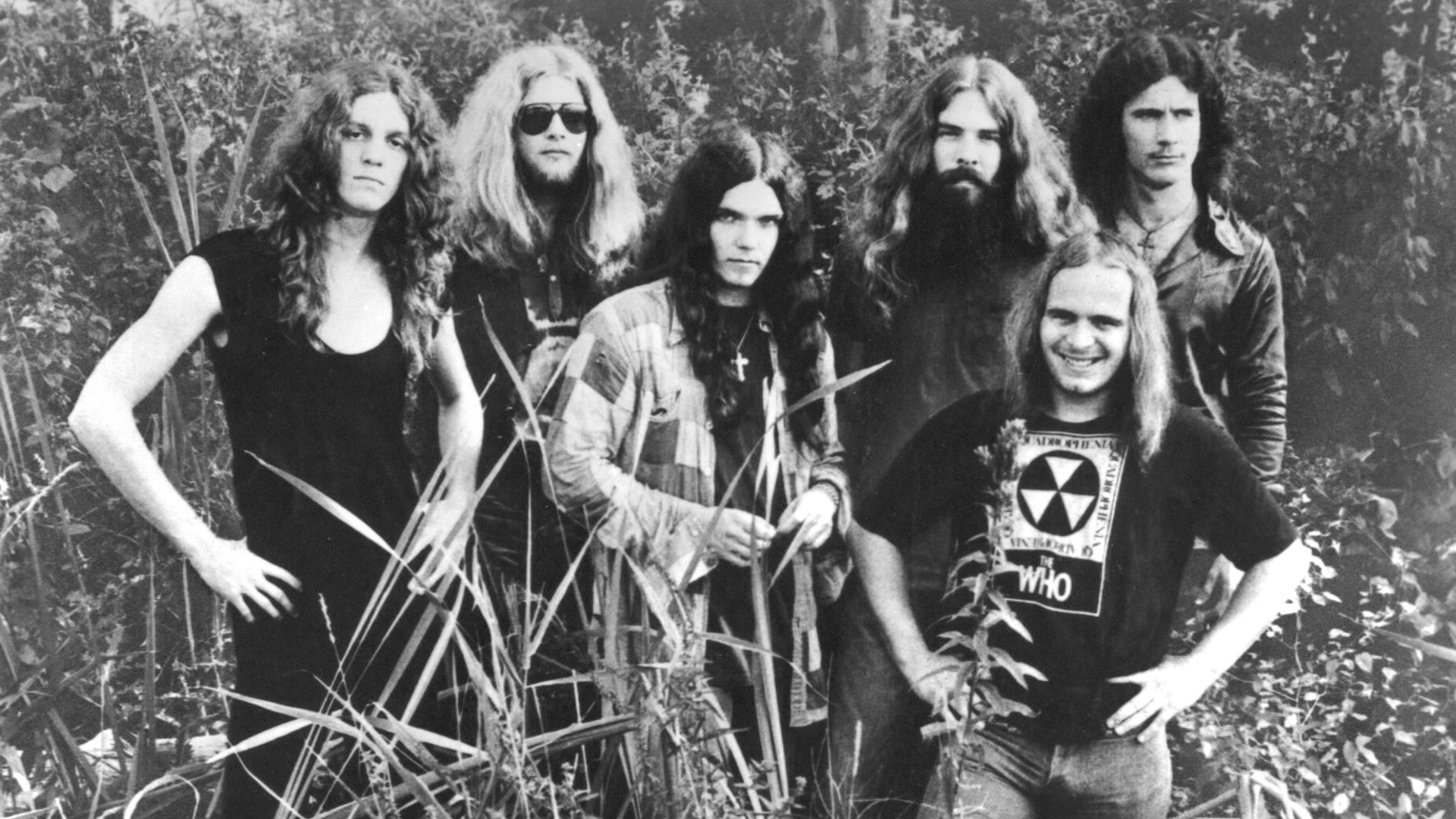Remembering Lynyrd Skynyrd ’s Horrific 1977 Plane Crash
On this day in history, October 20, 1977, 46 years ago three Lynyrd Skynyrd bandmates plus three other people died in a fatal plane crash on the Louisiana-Mississippi border

Who were the victims of this tragedy?

The crash took the lives of lead singer Ronnie Van Zant, guitarist Steve Gaines and backup singer Cassie Gaines.
Assistant road manager Dean Kilpatrick, pilot Walter McCreary and co-pilot William Gray Jr. also died in this crash.
Twenty others on the plane survived, among them band members Allen Collins, Billy Powell, Artimus Pyle, Gary Rossington and Leon Wilkerson.
What caused the Lynyrd Skynyrd plane crash?
The investigation by the National Transportation Safety Board (NTSB) determined that the probable reason behind the devastating plane crash was a depletion of fuel at an altitude of approximately 10,000 feet. This fuel shortage ultimately resulted in a complete loss of power in both engines.
Ronnie Van Zant’s bandmates were feeling apprehensive as they readied themselves to board a chartered plane at Greenville, South Carolina’s Downtown Airport on the afternoon of October 20th, 1977. Their concerns were well-founded. Lynyrd Skynyrd’s aging Convair 240, nearly 30 years old, was clearly showing its age. “We were flying in a plane that looked like it belonged to the Clampett family,” later remarked drummer Artimus Pyle.
Just two days prior, a terrifying incident had seen ten-foot flames erupt from the right engine, further eroding the confidence of all on board. This frightening episode convinced the group that it was high time to upgrade their mode of transportation, a change long overdue given their stature as one of the music industry’s biggest acts. Their most recent album, “Street Survivors,” had achieved gold status just three days before, and their initial five tour dates in their Southern homeland had been met with ecstatic audiences. Their ambitious journey, their largest undertaking to date, included the fulfillment of a long-held dream: performing at New York’s Madison Square Garden. Surely, a reliable means of transport was necessary for this journey, rather than their current antiquated aircraft?

After a 600-mile journey from Greenville to Baton Rouge, where they were scheduled to perform at Louisiana State University the next night, Lynyrd Skynyrd intended to acquire a Learjet, the favored mode of air travel for rock elites in the 1970s. Nonetheless, the prospect of one last flight on the Convair was unsettling for most in their entourage. “Our wives and everyone were fearful for us to board that thing, but we were oblivious to the risks,” noted keyboardist Billy Powell in a 1997 episode of VH1’s “Behind the Music.” Cassie Gaines, a member of the Honkettes backing vocal trio and sister of guitarist Steve Gaines, was so terrified that she initially considered traveling in the band’s cramped equipment truck until reluctantly convinced to join the flight.
Guitarist Allen Collins shared a similar unease. “He had reservations about getting on that plane,” recalled Gary Rossington in an interview with the Orlando Sentinel in 1988. “He said, ‘I’m not going to get on it because it doesn’t feel right.'” Yet, the band’s lead vocalist remained strangely calm. “Ronnie said, ‘Look, if the Lord has it in his plan for you to pass away on this plane, when your time comes, it comes. Let’s get going, folks; we’ve got a show to perform,'” Rossington recollected.
What happened after the crash?

Two days following the crash, Billy Powell, visibly battered, made a public appearance outside the hospital to provide an update to the press. When questioned about the future of Lynyrd Skynyrd, his response was somber and brief: “I don’t think so.” The decision to disband left grieving fans scrambling to acquire what they believed to be the group’s farewell release. However, the album cover for “Street Survivors,” which had depicted the band engulfed in flames, took on a grim significance in the wake of the tragedy.
Responding to a request from Gaines’ widow, Teresa, MCA decided to withdraw the original album sleeve. Photographer George Osaki, who recalled the situation in the band’s oral history, stated, “I had to rush back and change the album cover because it was no longer appropriate, even though there were no flames when the plane crashed. I had to remove the flames. That image of Steve with his eyes closed and the flames was just too unsettling.” In its place, a new photo was used, featuring the band against a simple black background.
Steve Gaines, the talented 28-year-old guitarist who held such great promise that Van Zant once predicted the band would one day be overshadowed by his talent, was laid to rest alongside his sister Cassie on October 23rd, 1977, in their hometown of Miami, Oklahoma. Dean Kilpatrick found his final resting place at Arlington Park Cemetery in Jacksonville.
Ronnie Van Zant’s funeral took place two days later at Jacksonville’s Memory Garden. In attendance, despite his injuries and reliance on crutches, was Billy Powell, the only band member able to pay his respects. The guest list, which comprised around 150 people, included notable figures like Dickey Betts, Charlie Daniels, Al Kooper, and Tom Dowd, as well as members of Grinderswitch, .38 Special, and the Atlanta Rhythm Section. Reverend David Evans, a close friend of the band and the engineer behind 1975’s “Nuthin’ Fancy,” conducted the service beside a brass casket adorned with red roses. Musical selections featured a recording of David Allen Coe’s “Another Pretty Country Song” and a rendition of “Amazing Grace” sung by Van Zant’s brother Donnie and Charlie Daniels. When the concise ceremony came to a close, the voice of Lynyrd Skynyrd was laid to rest wearing his iconic black hat and alongside his favorite fishing pole. As a touching tribute, Daniels recited a poem he had written specifically for the occasion.
What happened to Lynyrd Skynyrd and its surviving members?
The surviving members of Lynyrd Skynyrd faced a challenging decade in the aftermath of their losses. During this period, some sought comfort in their music, while others turned to drugs and alcohol to cope with their grief. However, their resilient spirit eventually led them back to each other, and in 1987, they reunited with Johnny Van Zant taking on the role once held by his older brother. The proud, free-spirited icons of Southern rock would take flight once more, but the haunting memory of that fateful night in the Mississippi wilderness and the sudden loss of their musical family member would forever linger with them.
Artimus Pyle remembers the tragedy like it was yesterday:
“I think about it every day,” one of the last living original members of the band on that fateful flight in 1977 recalled to Forbes in 2022.
Pyle, previously a Marine with a background in Aviation Electronics Technology and some prior piloting experience, sprang into action.

“I went into survival mode,” he recalls. “I was going back and forth from the cockpit to the cabin, talking to the pilots, telling everybody to put out their cigarettes, turn off any lights, and conserve any power we had. I didn’t have time to think, oh my God, we’re having a plane crash, but I knew it was serious. We landed in Mississippi pine trees, 3 feet thick,” Pyle described to Forbes. “It tore the plane completely apart in the 10 to 12 seconds it took to go from 200 miles to a dead stop.”
Pyle affirms that the “Street Survivors” film faithfully portrays the occurrences of October 20th. However, owing to budget limitations, the producers were unable to obtain the precise aircraft that was involved in the crash. In collaboration with his sons and his Artimus Pyle Band, which was established in 2010 to pay tribute to Lynyrd Skynyrd, he composed the soundtrack for the movie.
In remembrance of all the victims of this tragic event, may their souls rest in peace. ![]()
![]()
Recommended for you:
- Grateful Dead Bassist Phil Lesh Dies at Age 84

- Original Iron Maiden Singer Paul Di’Anno Dies at Age 66

- Exposing the Fake Birthday Scam on Facebook

Read more Trending News Here